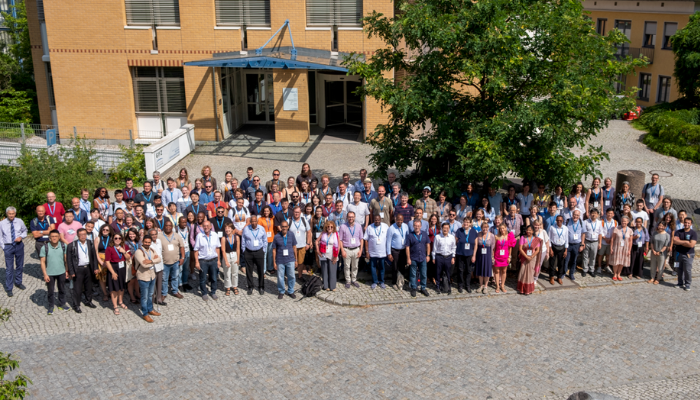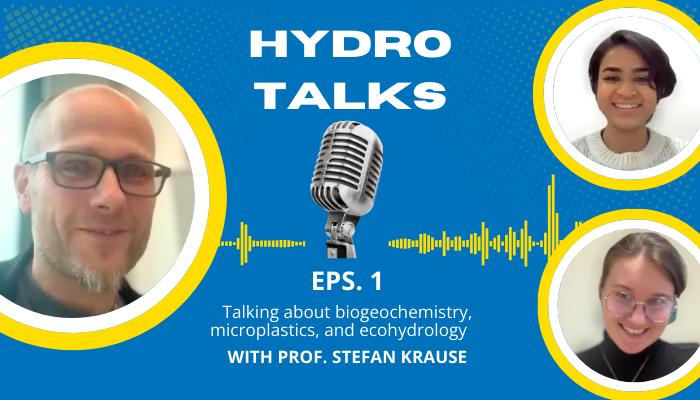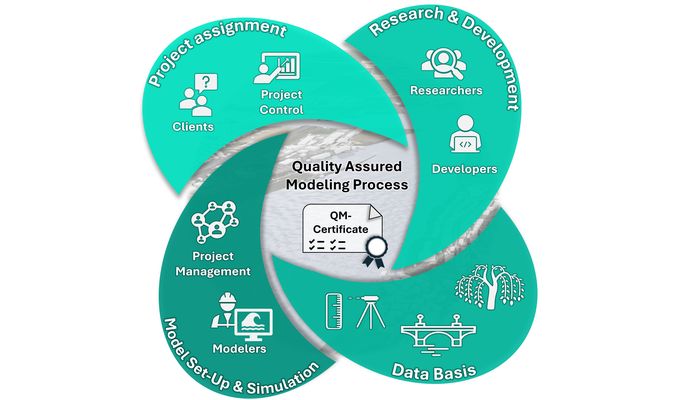Welcome toHydroTalks, the new podcast series of the EGU HS division. Every month, we interview experts about the advancements, challenges, and opportunities in the field of hydrology. As our first guest, we were pleased to interview Dr. Stefan Krause, a Professor of Ecohydrology and Biogeochemistry at the University of Birmingham. His research explores the interconnectedness of groundwater and su ...[Read More]
How do you ensure quality in your flow modeling? Participate in a survey!
The challenges in hydraulic engineering are increasing due to the growing threat of floods and heavy rainfall events caused by climate change (as experienced several times in Europe in recent years) on the one hand and the more frequent low water situations and the associated requirements for ecological enhancement of water bodies, on the other hand. In this context, reliable estimates of the hydr ...[Read More]
Ending a Decade of Hydrological Research – The IAHS’ Final Panta Rhei Symposium

On the 10th and 11th of July 2023, the final symposium for the scientific decade “Panta Rhei – Everything Flows: Change in Hydrology and Society” of the International Association of Hydrological Sciences (IAHS) took place at the German Research Centre for Geosciences (GFZ) in Potsdam. During these two days, 150 hydrologists, engineers, social scientists and practitioners from 32 countries gathere ...[Read More]
How has ChatGPT changed the way you teach hydrology?

Have you ever used ChatGPT to teach hydrology? If so, when did you start? I opened my account on openai.com in November 2022, out of curiosity, to test GPT-3 (Generative Pretrained Transformer generation 3). This was shortly before ChatGPT was launched (30 November 2022). Now, I even have a paid account to speed up the preparation of non-scientific texts, e.g. teaching materials on the use of Exce ...[Read More]


